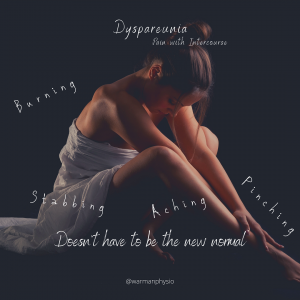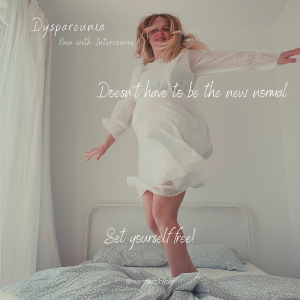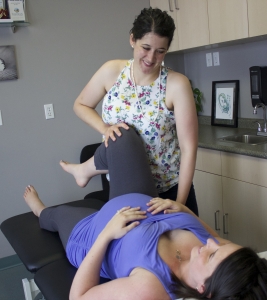Nourishing You and Your Baby: The Role of Nutrition During Pregnancy and Beyond
Thoughtful nutrition supports fertility, a healthy pregnancy, and recovery/postpartum (including breastfeeding). Focus on balanced meals (protein, healthy fats, fibre), key nutrients like folate, iron, omega-3s and calcium, safe fish choices, and consistent hydration. Prenatal vitamins are helpful for filling gaps. Julia provides individualized guidance before, during, and after pregnancy (in-person in Saskatoon & virtual).
Who This Is For
- You’re planning a pregnancy and want to support fertility with food.
- You’re pregnant and need practical ways to meet nutrient needs, manage symptoms, and feel your best.
- You’re postpartum and/or breastfeeding and want support to rebuild nutrient stores and fuel recovery.
When To Get Help
- You’re unsure how to meet iron, folate, calcium, vitamin D, or omega-3 needs.
- You have nausea, food aversions, digestive issues, or low energy.
- You want clarity on fish, caffeine, teas/supplements, or prenatal vitamins.
- You prefer a personalized plan that fits your tastes, schedule, and budget.

Preparing Your Body for Pregnancy: Fertility Nutrition
Eating balanced meals with protein, healthy fats, and fibre can support hormone balance and regular cycles. Nutrients like folate (leafy greens, beans, citrus), iron (red meat, lentils, spinach), and omega-3s (fish, walnuts, chia) help prepare the body for conception and provide a strong start for baby.
Fertility nutrition is individual. Some people need more support with iron, others with blood-sugar balance or digestive health. Personalized advice can help you focus on what matters most.

Building Strong Bones and Teeth
During pregnancy, your body provides the calcium and protein baby needs for bone and tooth development. Great sources include yogurt, milk, cheese, almonds, and tofu. Non-dairy options like fortified plant milks, leafy greens, and certain seeds can also help you meet needs.
If dairy isn’t your favorite, mix and match: tofu stir-fry + fortified plant milk in smoothies + leafy greens at meals.
Supporting Healthy Blood Production
Blood volume increases during pregnancy, so you’ll need extra iron and supportive nutrients. Foods such as red meat, chicken, turkey, lentils, beans, spinach, and fish can help.
Pair plant-based iron (beans, lentils, spinach) with vitamin C (citrus, bell peppers, berries) to enhance absorption and support energy.
Why Fish Matters
Fish provides protein, iron, and omega-3 fats that support baby’s brain development. The general guideline is about once per week, emphasizing lower-mercury choices such as salmon, trout, or sardines.

Preventing Neural Tube Defects
Folate is key for reducing the risk of neural tube defects. Alongside supplements, include green vegetables, beans, oranges, and lemons regularly. Some people benefit from methylated folate; personalized guidance can help determine what’s right for you.
Hydration Basics
Hydration supports amniotic fluid, increased blood volume, and may help with constipation and leg cramps. Aim for ~8–10 cups of fluids daily (water, milk, soups all count). Flavour water with fruit, cucumber, or a splash of 100% juice if plain water is tough.
What a Balanced Plate Looks Like
A simple visual guide for meals:
- ½ plate fruits and vegetables (e.g., broccoli, carrots, apples, blueberries)
- ¼ plate protein-rich foods (e.g., meat, beans, almonds)
- ¼ plate grains (e.g., rice, pasta, bread)
Real life isn’t perfect. Nausea, cravings, and schedules happen. Flexible, individualized planning helps you keep nutrition practical.
Prenatal Vitamins: Why and How to Take Them
Prenatal vitamins are a helpful backup even with a nutrient-dense diet (folic acid/folate, iron, vitamin D, and more).
If your prenatal makes you feel unwell, try:
- Taking it with food or before bed
- Trying a gummy or liquid form (if recommended)
- Discussing options to find a better fit
 What to Avoid or Limit
What to Avoid or Limit
- Alcohol and smoking: avoid during pregnancy
- Caffeine: generally <200 mg/day (~one 12-oz coffee)
- Certain fish: avoid shark, swordfish, and king mackerel due to mercury
- Herbal teas/supplements: check safety in pregnancy
When in doubt, ask—professional guidance reduces stress and gives clarity.
How I Can Support You: Before, During, and After Pregnancy
Nutrition in this season isn’t “eating for two”—it’s fueling your body so you feel your best while giving baby the best start.
- Before pregnancy: build a strong foundation for fertility
- During pregnancy: navigate symptoms and cravings while meeting nutrient needs
- After pregnancy: support healing, rebuild nutrient stores, and fuel breastfeeding
FAQs
How much caffeine is okay during pregnancy?
Generally, limit total caffeine to under 200 mg per day, which is roughly equivalent to one 12-oz coffee. Remember caffeine can also be found in tea, cola, energy drinks, and even chocolate!
Which fish are safe during pregnancy?
Choose lower-mercury fish such as salmon, trout, or sardines, aiming for about once per week. Avoid shark, swordfish, and king mackerel due to higher mercury levels.
Do I need a prenatal vitamin if I eat well?
Many people still benefit. Prenatals help cover folate, iron, vitamin D, and other nutrients that can be hard to meet every day through food alone. If your prenatal bothers your stomach, try taking it with food or at bedtime, or discuss alternate forms.
How can I get more iron without red meat?
Include lentils, beans, tofu, spinach, and pair them with vitamin C sources (citrus, bell peppers, berries) to improve absorption.
What if dairy doesn’t sit well with me?
Try fortified plant milks, tofu, leafy greens, nuts/seeds, and yogurts that fit your preferences. A personalized plan can make this easy and enjoyable.
Can I see a dietitian virtually?
Yes. Julia offers in-person care in Saskatoon (Evergreen) and virtual appointments, so you can access support wherever you are.
Final Thoughts
Every journey is unique. If you’re wondering how to put these pieces together for your routine, I’d love to help create a plan that feels realistic, nourishing, and empowering.
Ready to book? Schedule your initial appointment with Julia today!
Not sure if it’s a good fit? Book a 15-minute consultation call to see if Julia is right for you.

Julia Kelly – Dietitian with specific interest in prenatal nutrition, postnatal nutrition, and helping mothers to thrive
By Julia Kelly, Registered Dietitian (RD)
Educational information only. This content is not a substitute for medical advice. Please consult your healthcare provider (or our team) for guidance specific to you.










